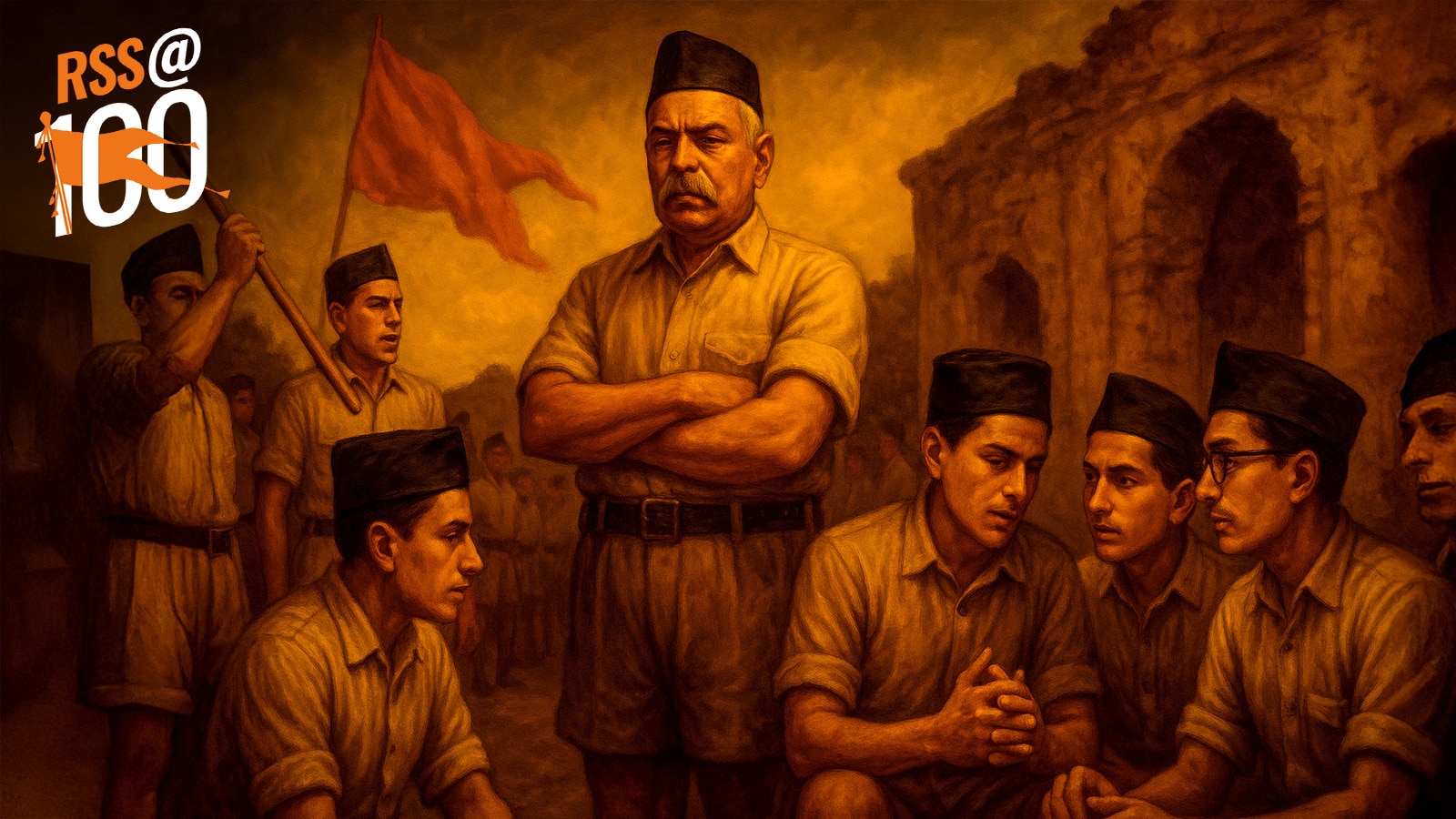
Rashtriya Swayamsevak Sangh i.e. RSS is completing its 100 years on this Dussehra. From social media to political corridors, all things, claims and stories about the Sangh are being heard and heard. Till the world’s largest non-political organization to become the world’s largest non-political organization, the journey of the Union is an important part of contemporary Indian history. We have included this history in small 100 stories. Here is the first story that tells where and how the first branch of the Sangh started.

The Rashtriya Swayamsevak Sangh i.e. RSS told in the meeting of its Representative Assembly in March this year that in a year its number of branches increased by 10 thousand to 83 thousand 129. But there were a lot of problems in the first branch of the Sangh, which took place 100 years ago. Before the branch was set up, the daily meeting started with the akharas and gymnasiums. There were discussions among themselves after exercise. On the insistence of Dr. Keshav Baliram Hedgewar, Anna Sohoni also started giving punishment (sticks) training to the volunteers in the Sunday Darwaza Primary School.
Dr. Headgwar believed that it is necessary for volunteers to have physical as well as intellectual strength. It is also interesting that Dr. Hedgewar, a friend Anant Ganesh i.e. Anna Sohoni for punishment training, was later built by his close relative Eknath Ranade for the punishment training of Swami Vivekananda. Now the search for a place for intellectual discussions started, which ended on the same Nagpur gymnasium on a ruins of Mohite, Mohite, lying vacant.
No one inside him used to go for this fear because it was said that there are ghosts in Mohit’s Wada. But Bhauji Kavre, a friend of Dr. Hedgewar, had been living in it for five years after the death of his wife. There was a hall without a roof in the middle of this Vada, around which there was a courtyard. On Bhauji’s suggestion, Hedgewar made up his mind and the volunteers started cleaning him. During the cleaning, he also found a cellar in it, which had two rooms. Meetings started to be held in the same rooms.

Mohite’s Wada was actually of a chieftain Mohite, who had mortgaged a Jain moneylender Gulabrao Motisav due to the crisis of money. Mohite could not even pay the money. The moneylender also did not pay attention to this wada and it continued to ruin. For two years, the branch continued here, later that moneylender came to know, then he stopped the branch. Here Mohite’s children also became active and went to court. But in 1930 he lost the case and Wada became the property of the same moneylender.
Here Hedgewar was in jail and the responsibility of the branch was given to Raja Saheb Laxman Rao Bhonsle, then he asked to get the branches in his elephant. But after 2 years, that series also broke due to the death of Raja Saheb. Since then, his own Tulsi Bagh land started to be set up. However, Raja Saheb’s family stopped the Sangh there too. But by then there were 7-8 branches in Nagpur itself.
Three to four months after the death of Dr. Hedgewar, the financial condition of the moneylender of Mohite’s Wada became very bad, he had to give 12 thousand rupees to someone in 3 days. His lawyer was acquainted with another Sarsanghchalak Guru Golwalkar. He collected the money with the help of volunteers and took it to the moneylender. The moneylender named Mohite’s Wada Sangh. Mohite’s Wada Sangh is like a pilgrimage site for volunteers today, and is part of the Sangh headquarters in Nagpur. Its first branch not only gave a personality like Eknath Ranade but also gave the Sangh the third Sarsanghchalak i.e. Madhukar Datratreya Deoras.
Next story: Amrish Puri had learned discipline from RSS

